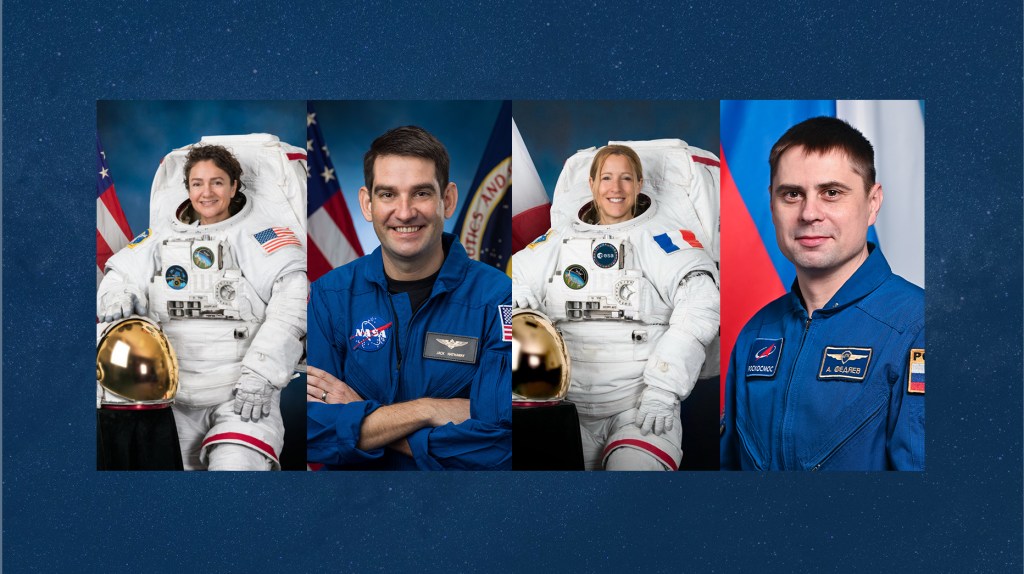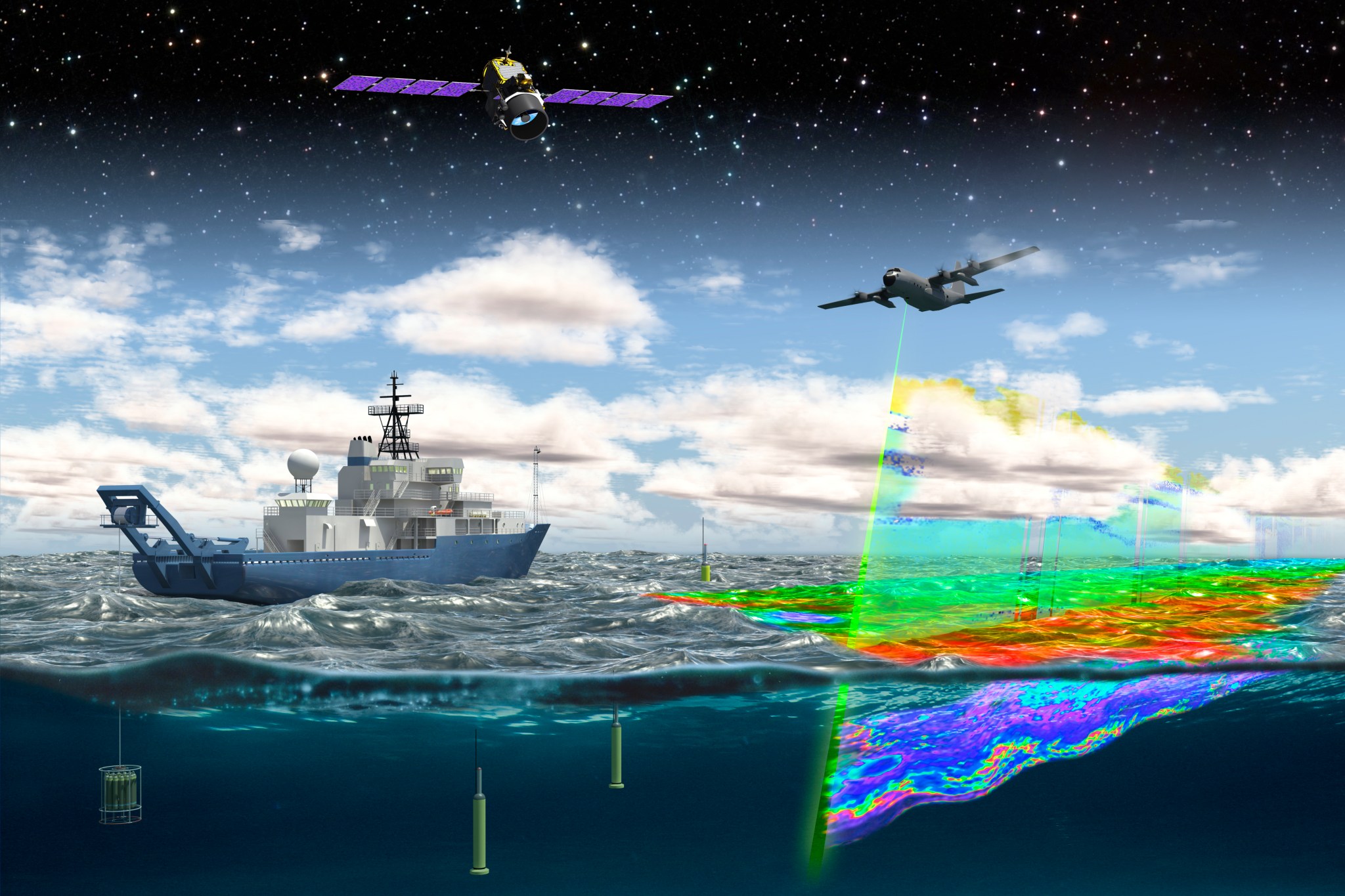NASA will host a media event Monday, May 16, from 11 a.m. to 1 p.m. showcasing the North Atlantic Aerosols and Marine Ecosystems Study, or NAAMES project, a new examination of the annual cycle of phytoplankton and the impact that small airborne particles emitted from the ocean have on the climate-sensitive North Atlantic.
The event takes place in Hangar #4 of St. John’s International Airport, located at RCAF Road in St. John’s. Media will have an opportunity to learn about the NAAMES mission from the scientists and plane’s crew. Participants will also tour NASA’s C-130H research aircraft for a closer look at operations and science instruments.
Media interested in participating in the event should arrive at the Hangar 4 front office between 11 a.m. and 1 p.m. for access to the hangar. Provincial Aerospace is providing hangar space for the C-130H and other aircraft services to the NAAMES team at St. John’s.
NASA’s C-130H will fly eastward from St. John’s to rendezvous with and overfly the floating laboratory-ship Atlantis from the Woods Hole Oceanographic Institute, Woods Hole in Massachusetts during its 26-day cruise in the North Atlantic. By combining ship, airborne, computer modeling, sustained satellite and autonomous sensor data, scientists hope to improve their predictions of ecosystem and aerosol changes in a possible future warmer ocean.
NAAMES is one of NASA’s second series of Earth Venture suborbital investigations, part of NASA’s Earth System Science Pathfinder (ESSP) Program for NASA’s Science Mission Directorate in Washington.
For more information about NAAMES, go to:
– 30 –
Denise Lineberry
NASA Langley Research Center
Hampton, Virginia 23681
denise.a.lineberry@nasa.gov
757-759-3069
Michael Finneran
NASA Langley
757-374-3596
michael.p.finneran@nasa.gov
NASA Langley press releases are available automatically by sending an e-mail message to langley-news-request@lists.nasa.gov with the word “subscribe” in the subject line. You will receive an e-mail asking you to visit a link to confirm the action. To unsubscribe, send an e-mail message to langley-news-request@lists.nasa.gov with the word “unsubscribe” in the subject line.
































